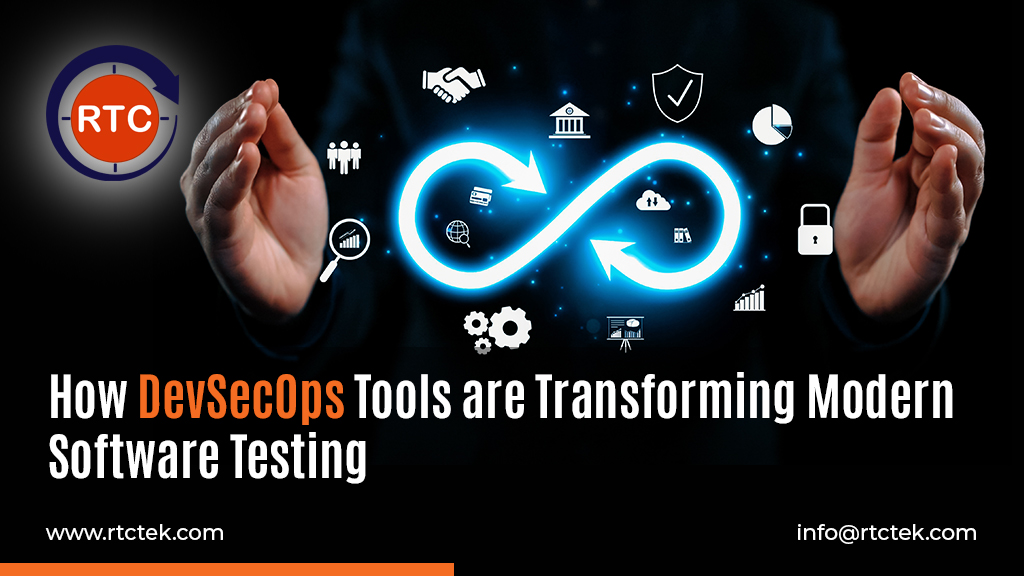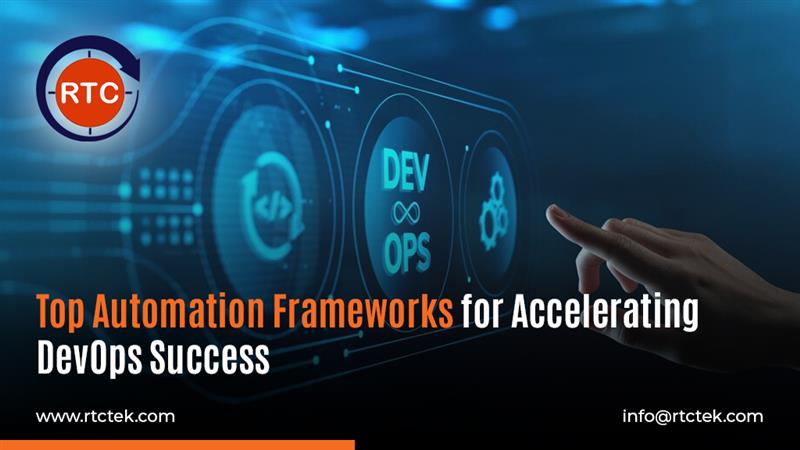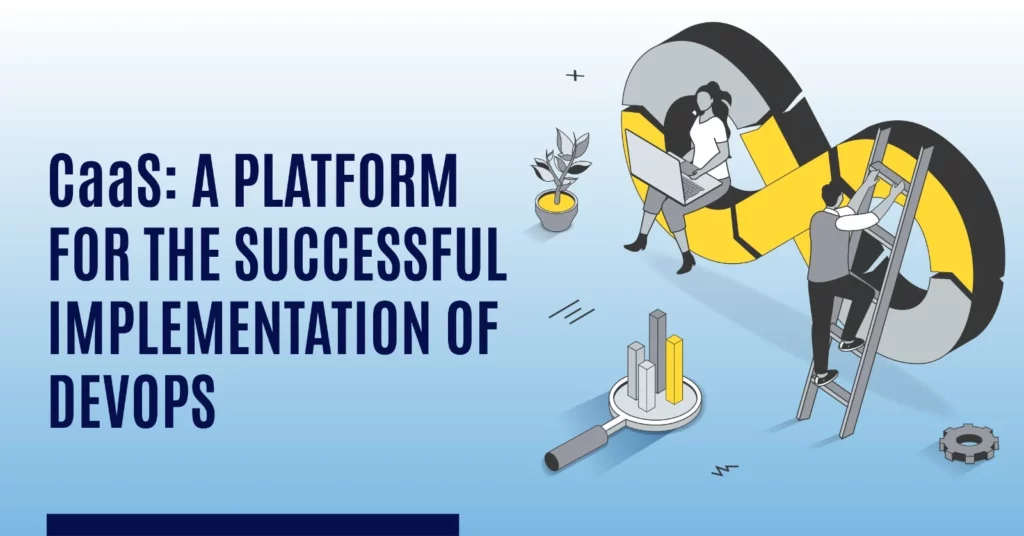Menu



In today’s fast-paced digital landscape, software development cycles are accelerating, and the demand for rapid releases is higher than ever. This pressure to deliver quickly, however, cannot come at the expense of security. Traditional software testing methodologies often struggle to keep pace, leading to security vulnerabilities being discovered late in the development process, resulting in …

In today’s fast-paced digital landscape, efficiency and scalability are critical for organizational success. DevOps infrastructure automation has emerged as a transformative approach, enabling businesses to streamline operations, reduce manual intervention, and accelerate deployment pipelines. By adopting comprehensive DevOps infrastructure automation, companies can achieve robust operational efficiency, improved collaboration, and faster time-to-market. This blog explores the …

DevOps serves as a cornerstone of agility, seamlessly integrating software development (Dev) and IT operations (Ops) to accelerate the systems development life cycle while ensuring continuous delivery of high-quality software. At the heart of DevOps is automation, which enables organizations to streamline processes, reduce manual intervention, and accelerate the delivery of software. Automation frameworks play …

Automation is crucial for DevOps maturity because it reduces bottlenecks in the software development lifecycle and automates time-consuming, repetitive tasks in development and testing (SDLC). Although declarative or imperative programming is used by the bulk of DevOps automation solutions, new opportunities for employing automation more effectively are emerging with the advancement of AI technology. Overall, …

The software development game has shifted. Speed and efficiency reign supreme, demanding a streamlined approach. The DevOps methodology bridges the gap between development and operations, fostering collaboration and automation to streamline the software delivery lifecycle. Automation is a cornerstone of DevOps. It tackles repetitive tasks with unwavering consistency and speed, freeing up valuable developer time …

The software development landscape is constantly evolving. New technologies emerge, customer expectations rise, and competition intensifies. To stay ahead of the curve, businesses need to be agile, efficient, and adaptable. This is where DevOps comes in. DevOps is a philosophy and set of practices that aim to bridge the gap between development (Dev) and operations (Ops) teams. It promotes collaboration, automation, and continuous improvement throughout the …

DevOps automation is a transformative force in the IT sphere, yet misconceptions abound. It has become a cornerstone for businesses worldwide. However, misconceptions often cloud the understanding of its true potential. The global DevOps market is projected to reach $12.85 billion by 2025, according to Markets Business Insiders, it’s crucial to debunk these misconceptions for informed decision-making. In this blog, …

Kubernetes is an open-source container orchestration solution for managing, scaling, and automating software deployment. This open-source platform has become a cornerstone in the realm of cloud-native technologies. It makes DevOps easier by merging the development and maintenance phases of software systems and eventually achieving Managed DevOps Services. Its user interface allows developers to analyze, access, …

CaaS or Container as a Service is a cloud-based service enabling developers and IT departments to upload, organize, run, scale and manage containers using containers-based visualizations. These containers refer to a package of software that includes all dependencies essentially required to run any host system. Let’s dive deep into the topic to justify the importance …
Input your search keywords and press Enter.